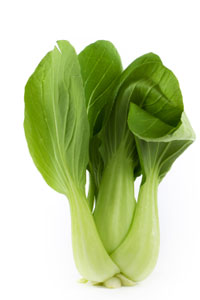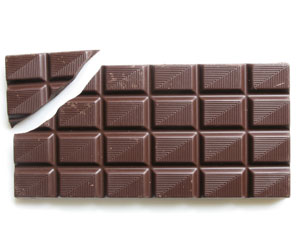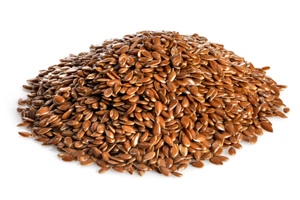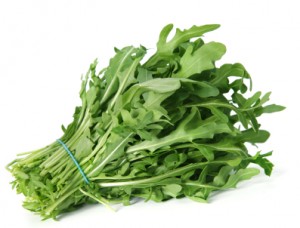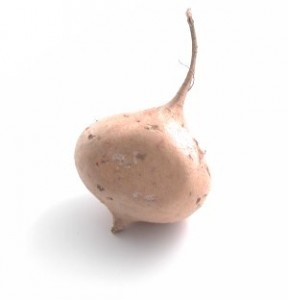Strawberries have always been one of my favorite fruits, not just for their fun shape and bright color, but also because they’re incredibly healthy and low in calories. 
In my house we probably go through one to two pints of strawberries every week, especially during the summer months. One of my favorite ways to eat this gorgeous berry is adding a big handful of them frozen into my morning smoothies for a quick and easy breakfast. But you really can’t go wrong whichever way you enjoy them most.
Health benefits: Strawberries are packed with tons of healthy nutrients while still remaining surprisingly low in calories, making them an ideal snack or vibrant addition to a variety of meals. One, one cup serving of strawberries contains more than 160 percent of the daily recommended requirement of vitamin C, and they’re also high in folate, potassium, calcium and iron. In terms of fiber, each serving contains approximately three grams, which we all know is important for proper digestion. And strawberries are also high in antioxidants and flavonoids, which have both been found to help prevent cancer.
Nutritional statistics: One cup of halved strawberries contains approximately 50 calories, 0 grams of fat, 12 grams of carbohydrates, 3 grams of dietary fiber, 7 grams of sugar, and 1 gram of protein.
Cooking Methods: Strawberries are quite versatile and can be used in an almost endless variety of dishes – both savory and sweet. Slice them up in salads, eat them whole, dip them in chocolate, add them to smoothies, roast them to add to sweet and savory dishes, and even add them to pizza! Check out our recipes below for some great ideas on how to cook with this delicious and versatile red fruit.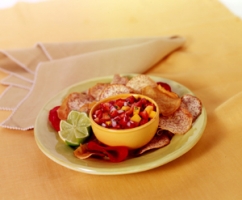
Recipes:
Sunflower Strawberry Salad
Strawberry Rice Krispie Cupcake Treats
Savory Strawberry Pizza
Strawberry Salsa
Roasted Strawberry Buttermilk Cake
All that’s left to do now is make a trip to your local grocery store or farmers market and pick up a few pints of this fantastic red fruit. And don’t be afraid to get a little adventurous with them in the kitchen. Who knows, maybe savory strawberry pizza will be a new favorite in your home!
Also Read:
How to Cook with Chocolate





